How to organise a small hallway: 7 essential tips to create more space
Professional organisers share ways to free up space in a busy hallway because this high-traffic area can so easily get congested with everyday clutter
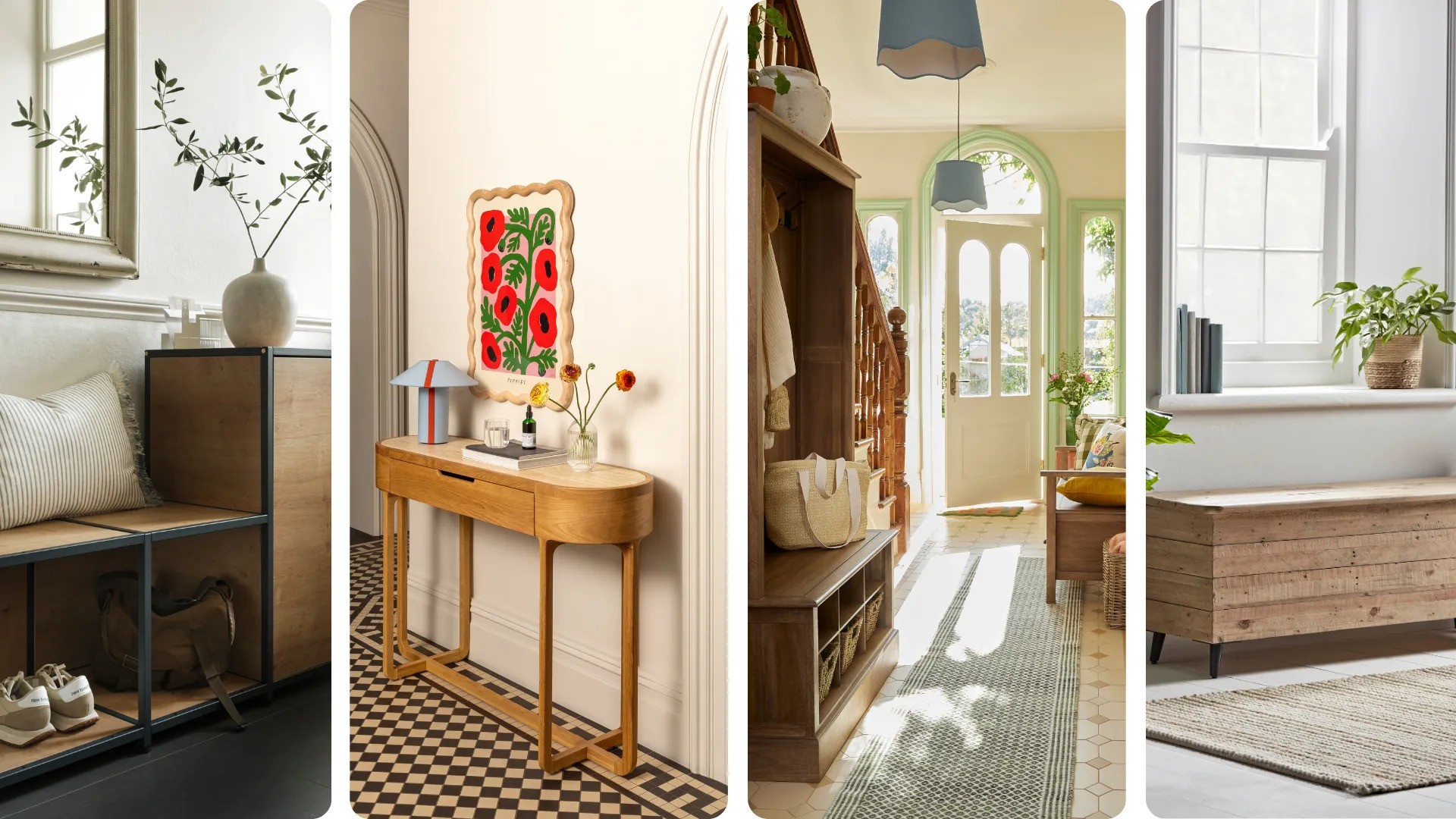

Hallways are transitional spaces that can often lack purpose – particularly when compared to other rooms, such as kitchens and bathrooms. Entryways tend to be spaces we simply pass through, which means they can end up being neglected, often becoming hotspots for discarded shoes, homeless items and clutter to "sort out later".
However, the way we decorate and organise our hallway makes a dramatic difference to how we feel about our entire home as we step through the door – because first impressions count. We have rounded up seven practical ways to transform hallways in an instance, particularly small hallways where the organisation is key to success.
Interior designers and home organising experts share their professional decluttering methods and home organisation ideas to make a space that's more streamlined and purposeful.
How to organise a small hallway: 7 expert tips
A well-designed hallway invites you with open arms into a place to hang your coat, drop your keys, and take off your shoes – safe in the knowledge that the space will remain tidy with just a few small daily habits to keep it clean and clear. Even in a small hallway, there are lots of creative and practical ways to make the space work harder.
1. Create a dumping zone

Rule number one is to create some kind of 'drop zone' in the hall so that you and your guests have somewhere to put things as you enter. "No matter the size of your hallway, always create a dumping zone for people to leave their belongings when they come through the door – otherwise they’ll just end up on the floor," advises Laura Price, a professional home organiser.
Usually, we get home eager to put down our bags, headphones, cycling helmets, pet paraphernalia, and so on. So it's useful to have a spot where we can quickly free ourselves of the day's miscellany.
Opaque baskets with lids, at Amazon, resting underneath a stylish console table, as shown above, are a good option as they look great and don't take up any floor space.
Sign up for the woman&home newsletter
Sign up to our free daily email for the latest royal and entertainment news, interesting opinion, expert advice on styling and beauty trends, and no-nonsense guides to the health and wellness questions you want answered.
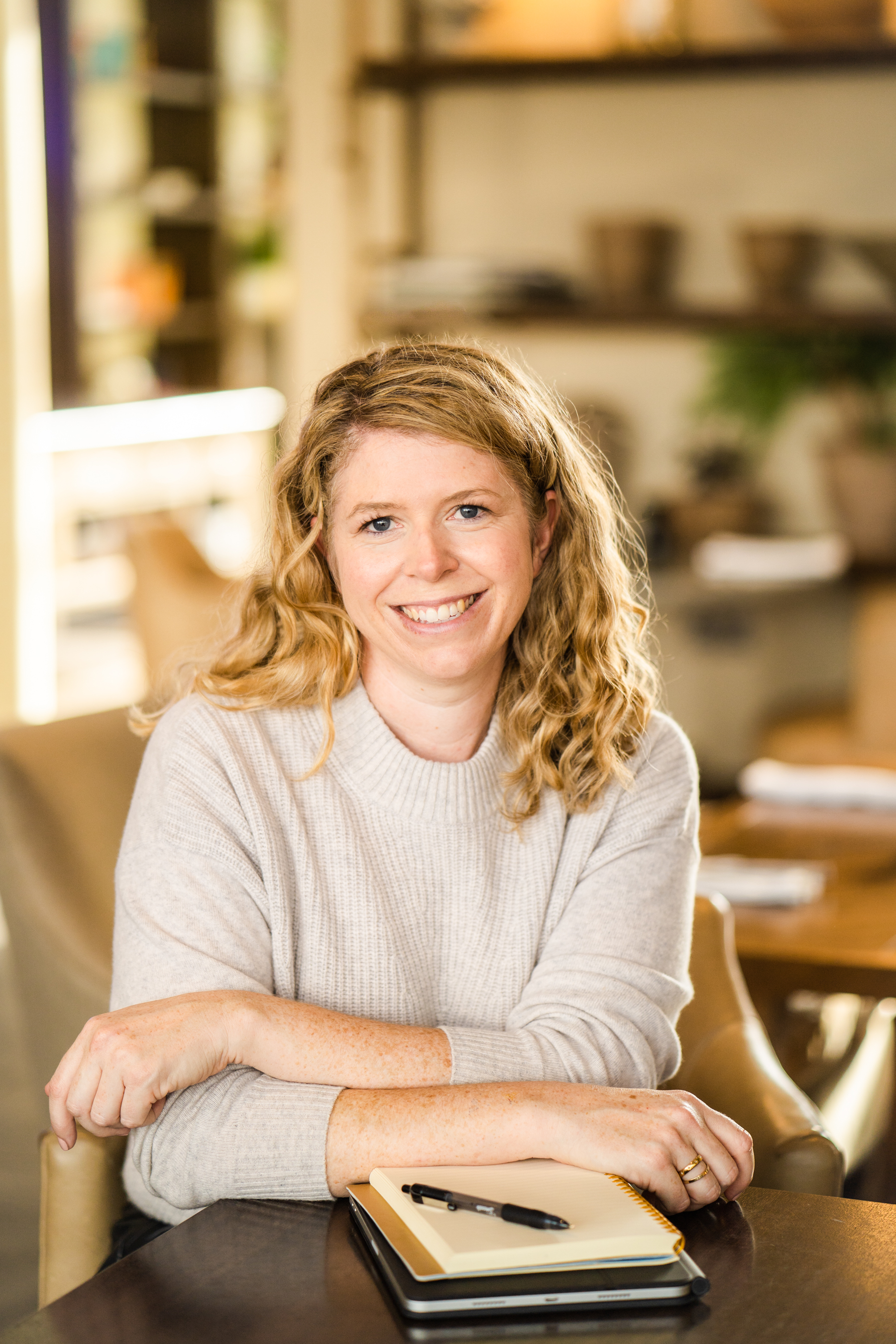
Laura Price is the owner of The Home Organisation. Laura Price's goal is to help others experience the benefits of living an organised life after discovering that organised homes brought her peace when raising three children in a hectic home. Hence the birth of The Home Organisation, a dedicated team of professional organisers.
2. Carve out space for shoes, coats and bags

To avoid wobbly, overflowing coat racks, not to mention unpleasant odours, try to create more space for coats and shoes. "You can’t always get your household to put their shoes away but making sure you have enough storage to keep daily shoes discreet is essential to making a small hallway look good," says Laura Price.
Similar to organising a small closet with a lot of clothes when organising shoes, try to keep them out of sight as much as possible.
Jonathan Clark, space-saving expert and creative director at Shelved recommends seeking out more storage at eye level for coats. "In addition to shelves, incorporating hooks or pegs along hallway walls can significantly enhance storage, as hallways generally lack floor space," says Jonathan.
Jonathan also recommends we ask ourselves if there is any space that's currently going to waste – similarly a key small bedroom storage mistake we often make. "Hallways often have areas that are not used optimally for storage, such as space you may have under the stairs or in empty alcoves. Installing under-stairs storage is an excellent solution."
3. Think high and low
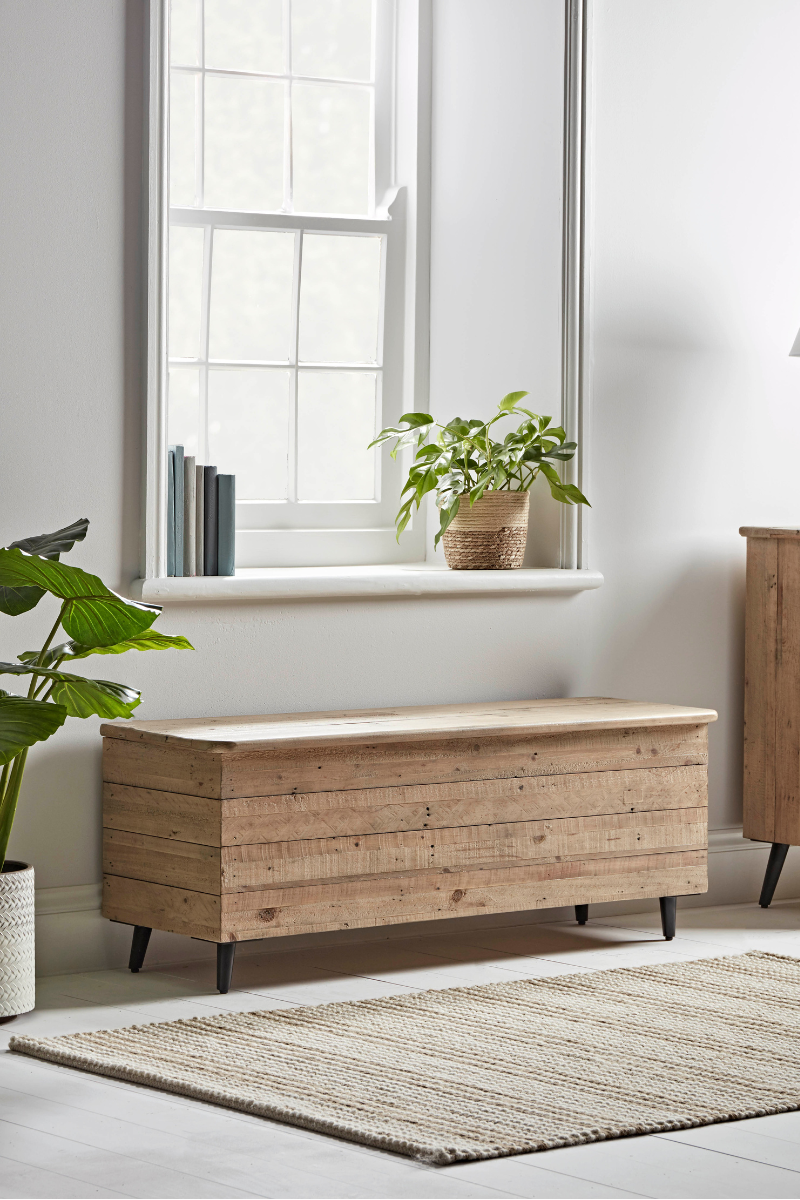
If you have enough space, consider creating cabinets up high for storing out-of-season items such as storing jumpers, luggage, festive decorations, and anything else you need but use less frequently.
Jonathan Clark from Shelved says the space above eye level is often neglected and that you can make the most of your vertical space with overhead cabinets with sliding doors.
Another, flexible option that might make the space feel less boxed in is to put up shelves near the ceiling and fill them with square-shaped baskets, at Ikea, that can be reached with a small step ladder.
"For narrower hallways, consider installing low and narrow cabinets. Slim storage units can still provide ample room for storing items, and not letting your furniture get too high will stop the feeling that it’s looming over you," Jonathan adds.
4. Find storage that blends function and aesthetics
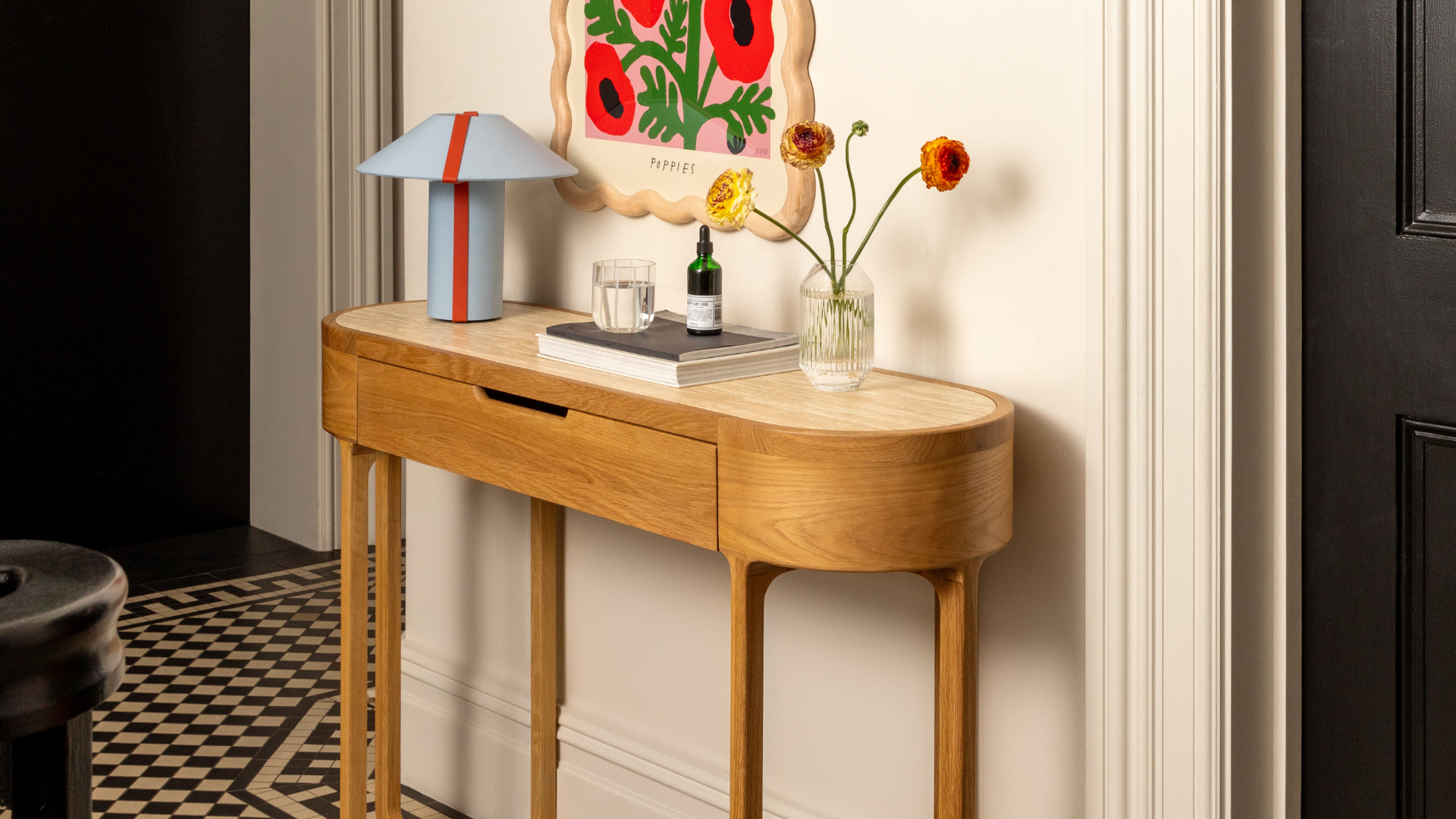
We are more likely to keep things neat in a hallway that is beautiful as well as functional, so when organising your small hallway, look for storage solutions that you love, that match your design style, and allow for little styling moments, as pictured above.
Interior designers Jen and Mar from Interior Fox say that focusing on both functionality and aesthetics is key. "Always go for slim and streamlined furniture to avoid overcrowding. Personalise the space with artwork or decorative objects that complement the overall design of your home, but keep accessories to a minimum," they suggest.
"One must-have for us is a decorative bowl or tray that can be used as a catchall for keys. Mirrors are also a great styling tool to reflect light and give the illusion of more space."
These small decorative touches are an ideal way to make a home feel more expensive, which goes a long way in a hallway to set the scene.

Jen and Mar are the founders of interior design studio Interior Fox. Jen, a former New Yorker with Texas roots, has an eye for "Cali-cool" spaces, and draws design inspiration from her favourite cities: Amsterdam, Brooklyn and Miami. Mar grew up in the Philippines surrounded by interiors full of rattan, natural materials and organic textiles, which have shaped her design style today.
5. Avoid surface clutter
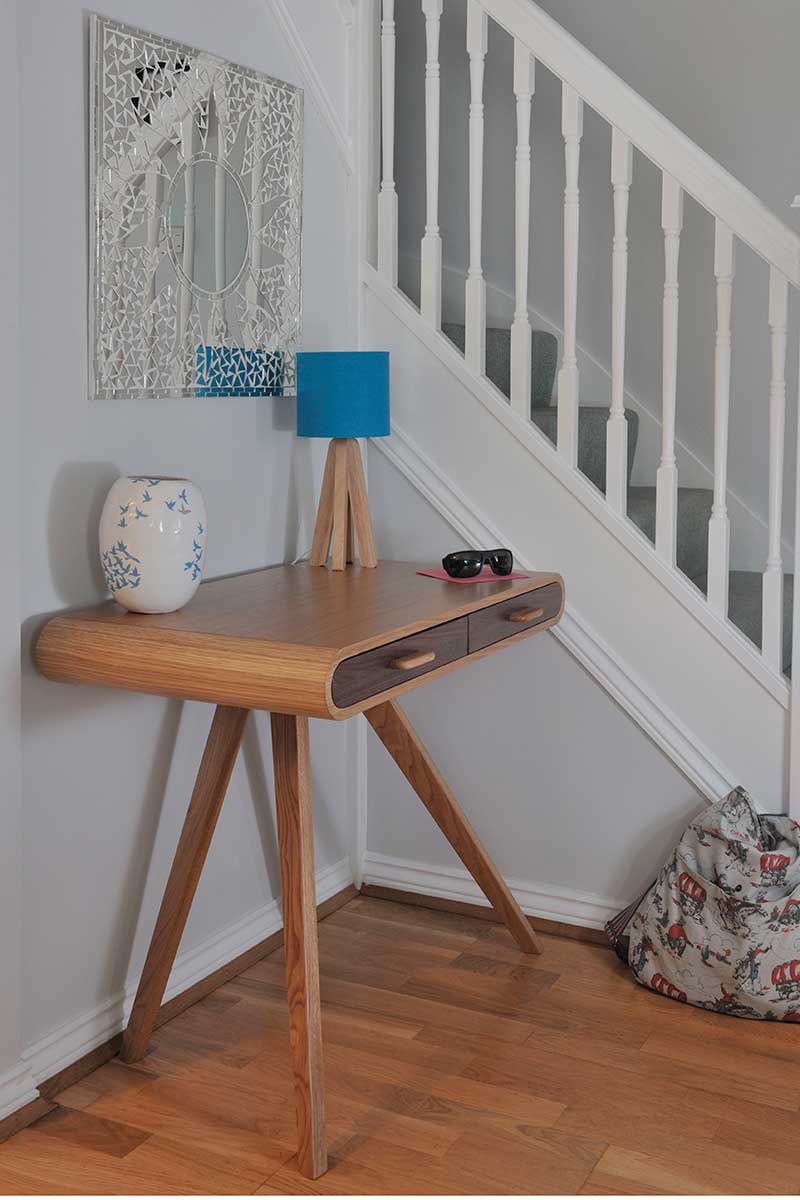
Prioritise the essentials and try to keep surfaces clear, as this will reduce the level of visual clutter and prevent breakages - similar to keeping counters clear in a small kitchen.
"Maintaining clear surfaces contributes to a feeling of calm and helps to create an illusion of space," says Lisa Coe. "Ensure that everything that needs to be stored in your hallway has a clear home, for example making sure that you have a dish or drawer for your keys and an allocated space for gloves and scarfs."
Interiors therapist Suzanne Roynon agrees: "Keep clutter and mess to a minimum – don’t use the space to dump anything that is en route to somewhere else. Think carefully before displaying precious breakable items in the hallway. Bags, rucksacks and parcels have a nasty habit of connecting with them in the most destructive way."

Lisa Coe is the founder of Happy Space Organised By Lisa, home organising company based in Nottinghamshire. Lisa is trained and accredited by Dilly Carter, and her favourite thing about working as a professional organiser is seeing clients fall back in love with their homes.
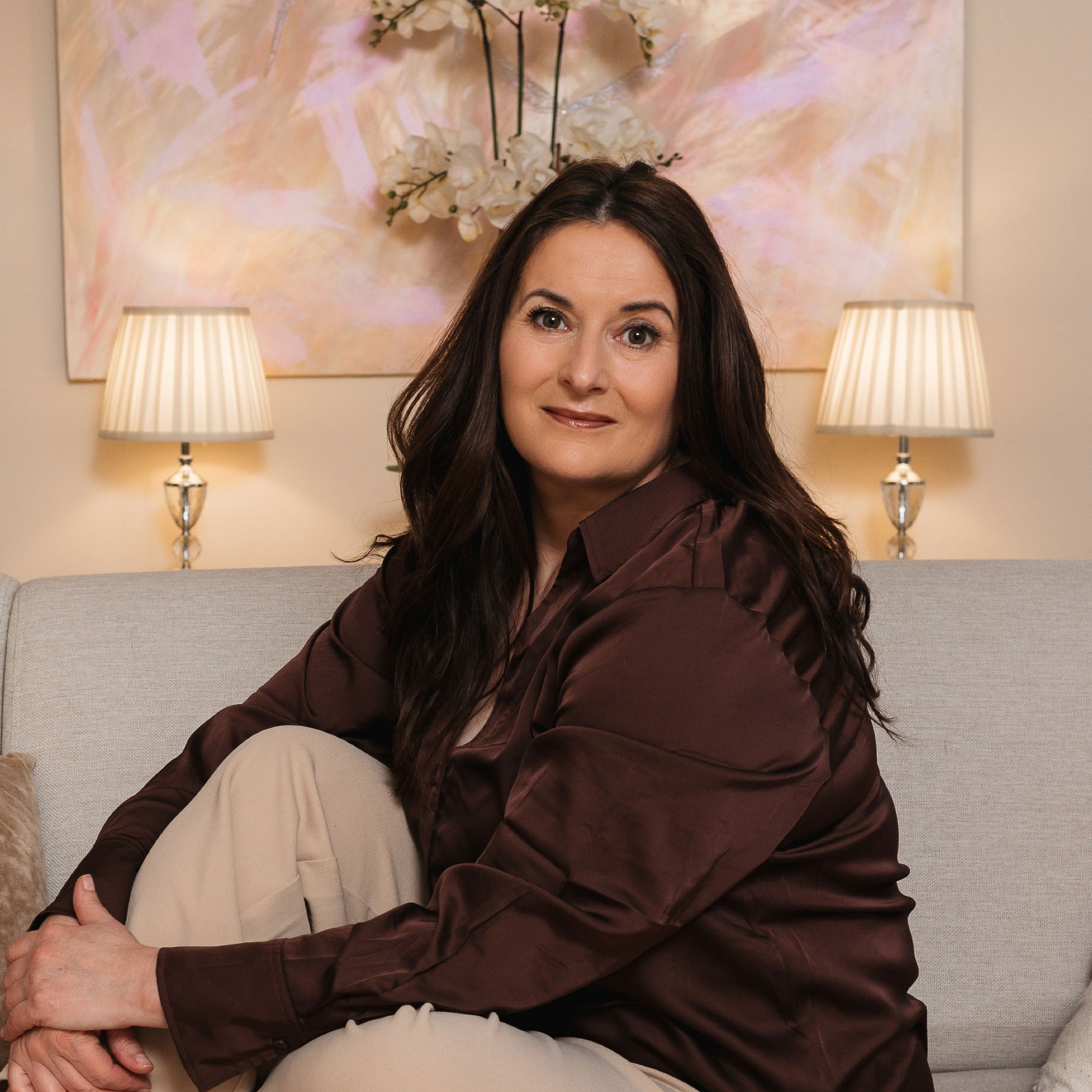
Suzanne is an interiors therapist, Feng Shui consultant, and author of Welcome Home, how stuff makes or breaks your relationship, at Amazon. She specialises in understanding the energetic impact in our homes and how 'stuff' can actively prevent people and families from thriving and enjoying the lifestyle they deserve. While she’s a dab hand with paint and plasterboard, she now devotes her passion to helping clients activate their Feng Shui and interiors therapy online and in person, both in the UK and around the world.
6. Be disciplined
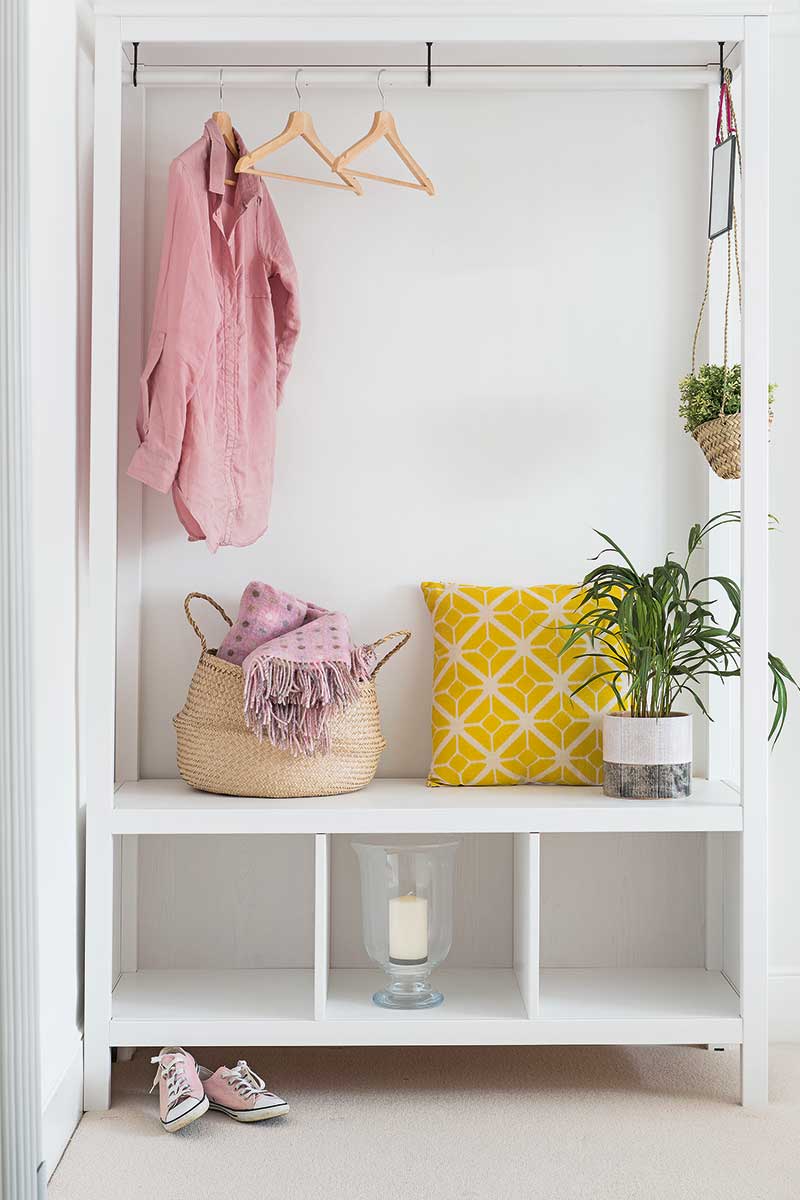
Smaller spaces mean you have to be a little more disciplined, regularly evaluating what's essential and decluttering where necessary to avoid a build-up of stuff.
"My golden rule is to only store in season and regularly used coats and shoes in the hallway," says Laura Price. "Any out-of-season or irregularly used items should be stored away in wardrobes."
Ideally, your front door should be able to open fully without anything getting in the way, and whoever is using the space should be able to move through it easily, from children to elderly relatives. It's worth noting that a clutter-free hallway also means a quicker escape in case of emergency.
7. Include child-friendly solutions
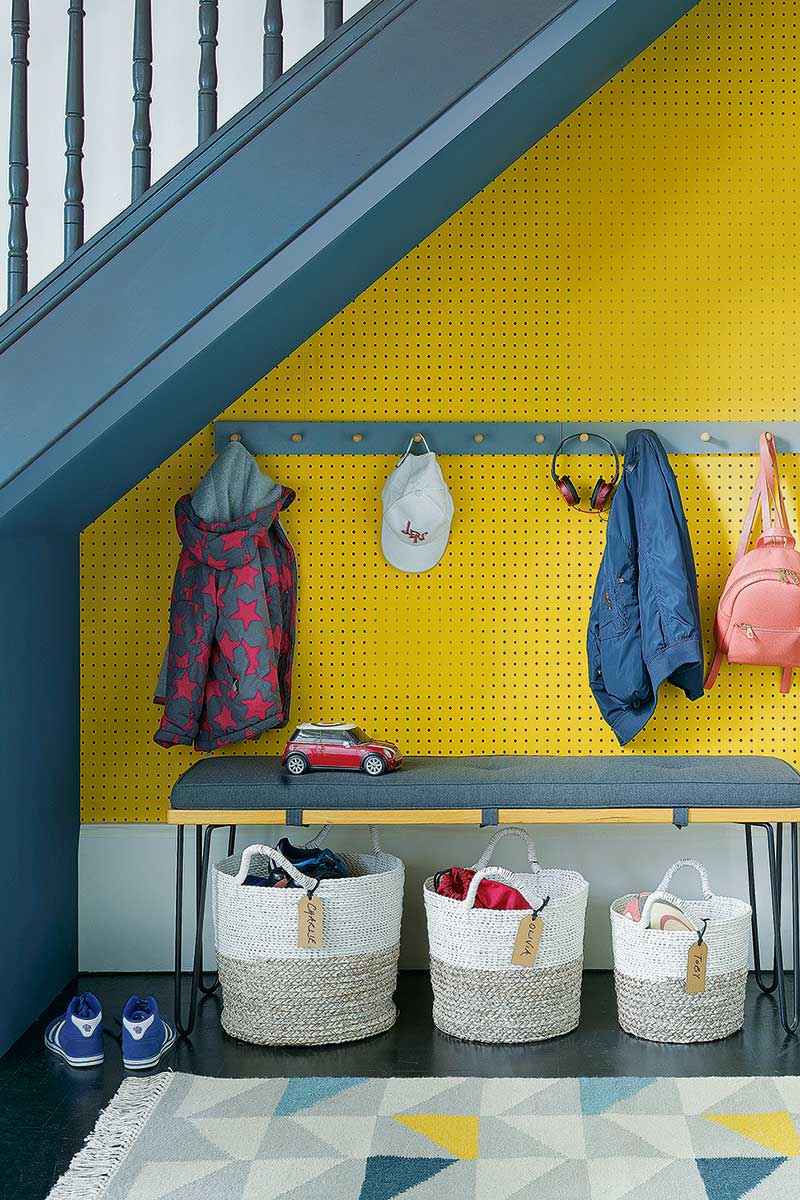
If you have children, you will need generous and durable solutions that make it easier for everyone in the household to play their part in keeping the hallway neat. For example, colour-coded or labelled hooks and cubby holes at child height are a great way to instil good habits.
Designated areas for each family member give everyone some ownership and encourage kids to hang up bags and coats after school while making PE kits and lunchboxes easier to find.
To create your own IKEA Shoe storage hack you could attach labels to some shallow Ikea Trones shoe cabinet to reduce trip hazards or use an Ikea Trofast unit with convenient pull-out drawers.
It could be that you need to look for extra storage space beyond the hallway: if you have young children using a pushchair, home organiser Katherine Blackler recommends looking for one that's easy to collapse or consider if there's any outside space to install a small shed or bike storage unit to store it in.

Dubbed 'The Personal Trainer for your Home, Katherine is a high-energy individual with an inherent passion for bringing order from chaos and making everyday life that little bit easier. Based in London and owner of SortMySpace Ltd, Katherine Blackler is the first CPO® Certified Professional Organiser in the UK, and the past President of APDO Association of Professional Declutterers and Organisers in the UK.
How do you arrange things in a small hallway?
"Arrange items in the hallway with a focus on flow and accessibility," say interior designers Jen and Mar. "Place frequently used items, like keys and bags, near the entrance for easy access.
"If space allows, add a narrow console table for decorative elements or additional storage. Ensure that pathways are clear, allowing for easy movement through the hallway."
How do you make a small hallway look good?
First of all, look at how you currently use it and see how you can streamline it. Identify any hiccups and where you end up putting things instead, and then consider where you can corral items. Then, you can start to group items in ways that will bring flow.
A rug is essential in small and narrow hallways. It depends on your colour scheme, but a rug will elevate a neutral scheme or balance a brighter one, as well as the practical side of protecting flooring from muddy boots. Use grip mats to prevent them from moving around and consider washable options.
A mirror positioned at a right angle to the door enhances the sense of space, and they’re an essential you can’t start the day without. You might also like somewhere to drop your post and create a key hook or tray so your keys are visible. A statement lamp set on a timer will light the way and provide a welcoming touch. Of course, embracing the best paint colours for a hallway also goes a long way to making the space feel welcoming.

Millie Hurst is a freelance writer and interior designer based in Sheffield, helping clients create homes that are characterful, curated, and highly functional. Interior design inspirations include Jake Arnold, Beata Heuman and Abigail Ahern. Her personal style is a 'liveable maximalism' with boho, nature-inspired designs.
She has seven years of experience in the world of digital journalism, most recently working as Head of Solved at Homes & Gardens, where she wrote and edited countless features on home organisation, decluttering and interior design. Before that, she was Senior Content Editor at Ideal Home.
-
 I spent a weekend in the French Riviera with just hand luggage - why the Antler Essentials collection is a space and money-saver
I spent a weekend in the French Riviera with just hand luggage - why the Antler Essentials collection is a space and money-saverThe new Antler Essentials Tote Bag and Hoodie deliver off-duty chic with well-considered designs and lots of secure extras. Get ready for a travel upgrade.
By Laura Honey
-
 The celebrity looks that prove faux fur will always be in style
The celebrity looks that prove faux fur will always be in styleFrom opulent coats to faux fur hats, this is one trend that'll always make a luxe statement
By Jack Slater